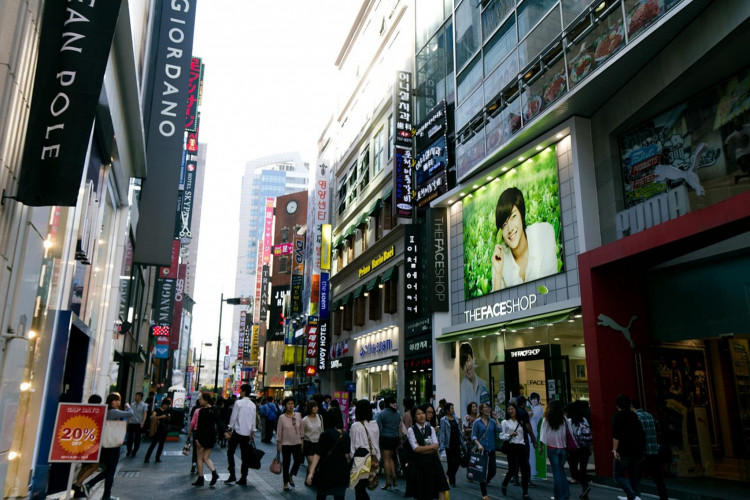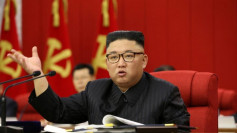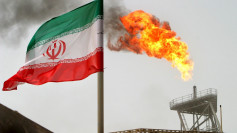South Korea reported its lowest gross domestic product growth in a decade, central bank figures, adjusted for inflation, revealed on Wednesday.
The country's real GDP was up 2 percent last year, after increasing 3.2 percent in 2017 and 2.7 percent in 2018 respectively, the Bank of Korea disclosed.
It was South Korea's lowest growth since 2009 when its actual GDP figures moved up 0.8 percent on the negative impact brought about by tensions in the Middle East and other global financial crises.
Analysts said that South Korea's 2019 GDP growth fell under the projected growth target of 2.5-2.7 percent for the economy.
South Korea's economic slide was primarily linked to a disruption in global trade and weakness in the global microchip market that created a huge dent in the country's exports for the 13th straight month through December.
The central bank anticipated that a sluggish trade in the global scene dragged down South Korea's GDP growth in 2019 by 0.4 percentage points.
South Korea's global trade and business growth was pegged at almost 3 percent last year, based on figures by the International Monetary Fund. This figure, the IMF said, is the countries lowest since 2009.
In the same period, exports by the country surged 1.5 percent, but it was smaller compared to the central bank's estimates of 3.1 percent growth. The economy's outbound shipment was up 3.5 percent in the previous year.
Hounded by a decline in overseas deliveries, South Korea's investment in facilities and services dropped by around 8.0 percent in the last decade, after sinking by 2.5 percent in 2018.
Seoul's manufacturing sector also fell 3.3 percent after sliding 4.3 percent in the previous year amid government measures to regulate speculative investment in the property market.
Fiscal expenditures on government initiatives to help the weakening economy, like the supplementary budget, rose 6.5 percent last year. Fiscal spending for the previous year was up 5.6 percent.
Private consumption, another growth driver for the export-driven economy, rallied in 2019 by 1.9 percent, but in 2018 it fell below 2.8 percent.
Last year the private sector increased its real GDP growth by 0.5 percentage points, while the public sector hiked it by 1.5 percentage points.
In the January-March period, South Kore's real GDP contracted 0.4 percent from three months earlier, marking its lowest during 41 quarters since the fourth quarter of 2008.
GDP growth bounced back in the second quarter to 1.0 percent but declined in the third quarter to 0.4 percent. From three months earlier, real GDP in the October-December period advanced 1.2 percent on the government's efforts to boost its stagnant economy.






